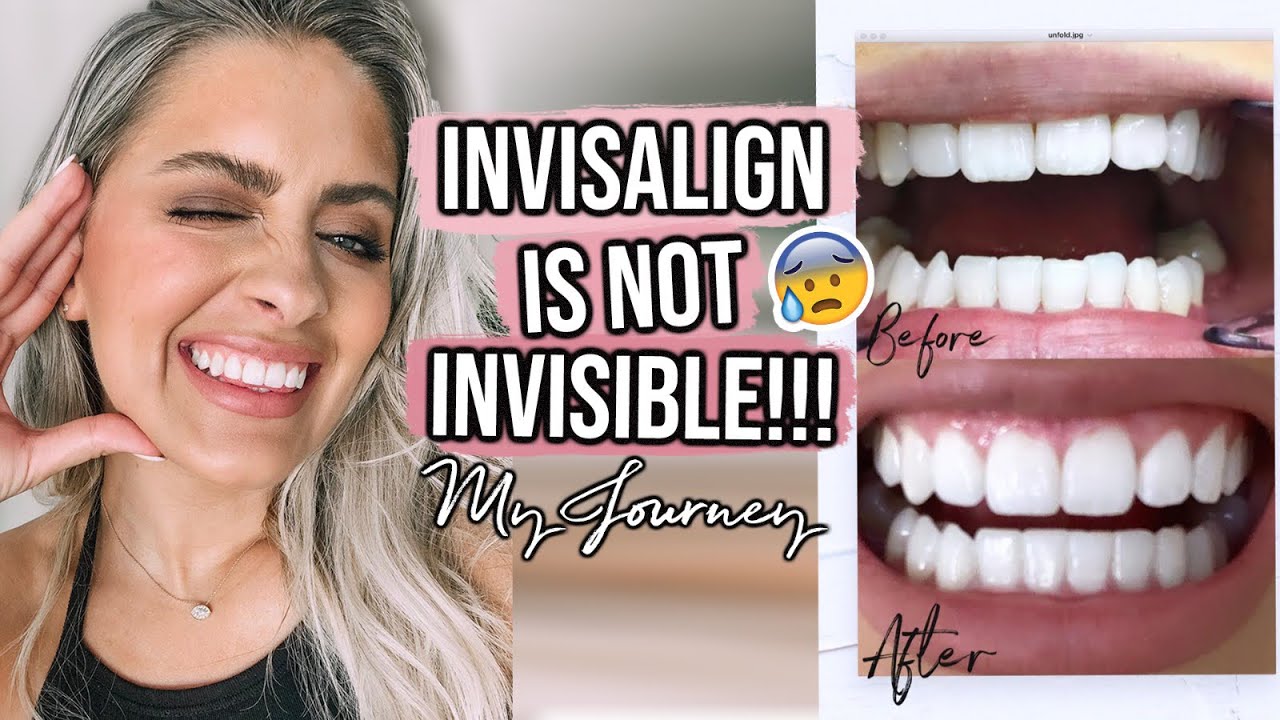Chemical Burn On Gums: Treat And Prevent Discomfort

Experiencing a chemical burn on the gums can be a painful and unsettling ordeal. It’s essential to understand the causes, symptoms, and treatment options to alleviate discomfort and prevent future occurrences. Chemical burns on the gums, also known as chemical gingivitis or chemical burns of the oral mucosa, can result from various factors, including accidental ingestion of household cleaning products, exposure to certain medications, or Even consumption of specific foods and drinks.
One of the primary causes of chemical burns on the gums is the accidental ingestion of caustic substances, such as bleach, drain cleaners, or other strong chemicals. These substances can cause severe damage to the mucous membranes in the mouth, leading to pain, swelling, and bleeding. In some cases, the burn can be so severe that it may lead to the formation of ulcers or scars on the gums.
Another common cause of chemical burns on the gums is the use of certain medications, such as aspirin or other non-steroidal anti-inflammatory drugs (NSAIDs). These medications can cause irritation and inflammation of the gums, especially if taken in excess or for an extended period. Furthermore, some medications, such as those used to treat cancer or HIV, can also increase the risk of chemical burns on the gums due to their toxic effects on the mucous membranes.
In addition to these causes, certain foods and drinks can also contribute to chemical burns on the gums. For example, consuming extremely hot or spicy foods and drinks can cause irritation and inflammation of the gums, while acidic foods and drinks, such as citrus fruits or soda, can erode the tooth enamel and increase the risk of chemical burns.
Symptoms of chemical burns on the gums can vary in severity, but common signs include:
- Severe pain or discomfort in the mouth, especially on the gums
- Swelling, redness, or bleeding of the gums
- Formation of ulcers or sores on the gums
- Increased sensitivity to hot or cold temperatures
- Bad breath or a metallic taste in the mouth
- Difficulty swallowing or eating due to pain or discomfort
To treat chemical burns on the gums, it’s essential to seek medical attention immediately. A healthcare professional or dentist can assess the severity of the burn and provide guidance on the best course of treatment. In some cases, treatment may involve:
- Rinsing the mouth with warm water or a saline solution to remove any remaining caustic substances
- Applying a topical anesthetic or pain reliever to alleviate discomfort
- Using antimicrobial mouthwashes to prevent infection
- Avoiding spicy, hot, or acidic foods and drinks to prevent further irritation
- Taking over-the-counter pain medications, such as ibuprofen or acetaminophen, to manage pain and inflammation
In severe cases, treatment may involve more extensive measures, such as:
- Debridement, which involves removing dead tissue or debris from the affected area
- Application of topical creams or gels to promote healing and reduce pain
- Use of antibiotics to prevent infection
- Dental restoration, such as crowns or fillings, to repair damaged teeth
Preventing chemical burns on the gums requires a combination of caution, awareness, and good oral hygiene practices. Some tips to prevent chemical burns include:
- Being cautious when handling household cleaning products or other caustic substances
- Reading and following label instructions carefully
- Wearing protective gloves and eyewear when working with chemicals
- Avoiding consumption of extremely hot or spicy foods and drinks
- Practicing good oral hygiene, including regular brushing and flossing
- Scheduling regular dental check-ups to monitor oral health and address any concerns
In conclusion, chemical burns on the gums can be a painful and distressing experience. However, by being aware of the causes, symptoms, and treatment options, individuals can take steps to prevent and alleviate discomfort. It’s essential to prioritize good oral hygiene practices, be cautious when handling caustic substances, and seek medical attention immediately if symptoms persist or worsen over time.
What are the common causes of chemical burns on the gums?
+Common causes of chemical burns on the gums include accidental ingestion of caustic substances, exposure to certain medications, and consumption of extremely hot or spicy foods and drinks.
How can I treat chemical burns on the gums at home?
+To treat chemical burns on the gums at home, rinse the mouth with warm water or a saline solution, apply a topical anesthetic or pain reliever, and avoid spicy, hot, or acidic foods and drinks. However, it's essential to seek medical attention if symptoms persist or worsen over time.
Can chemical burns on the gums lead to long-term damage?
+Yes, chemical burns on the gums can lead to long-term damage, including scarring, tooth loss, and increased risk of infection. It's crucial to seek medical attention immediately if symptoms persist or worsen over time to prevent long-term damage.
By understanding the causes, symptoms, and treatment options for chemical burns on the gums, individuals can take proactive steps to prioritize their oral health and prevent future occurrences. Remember to always seek medical attention if symptoms persist or worsen over time, and prioritize good oral hygiene practices to maintain a healthy, happy smile.


